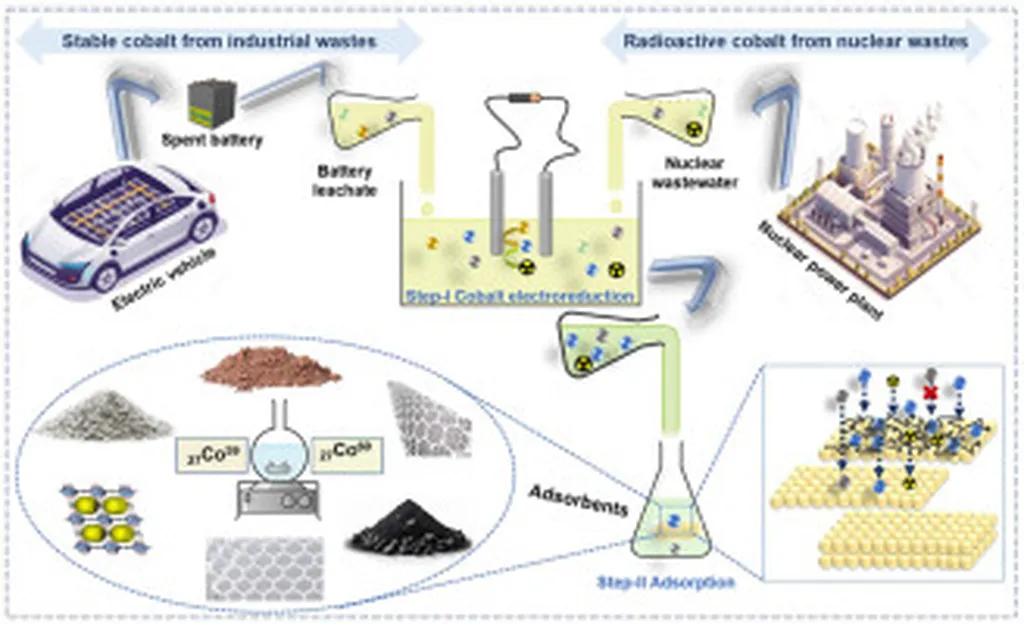As the global demand for cobalt surges, especially in the realms of energy storage and electric vehicles, researchers are turning their attention to innovative methods of cobalt recovery from secondary sources. A recent review published in the *Chemical Engineering Journal Advances* sheds light on this pressing issue, particularly in the context of the impending retirement of nuclear reactors worldwide, which is expected to generate vast amounts of radioactive waste.
Kamal Asghar, the lead author from the Decommissioning Technology Division at the Korea Atomic Energy Research Institute, emphasizes the dual challenge posed by cobalt’s critical role in modern technology and its recovery difficulties. “Cobalt’s low adsorption capacity under acidic conditions and the presence of competitive ions complicate its extraction from waste materials,” Asghar explains. This complexity highlights the need for effective separation techniques that can efficiently recover cobalt from both battery waste and nuclear wastewater.
The review meticulously evaluates various cobalt recovery methods, including physical-chemical, electrochemical, and biological processes. Each technique is scrutinized for its selectivity, efficiency, scalability, and environmental impact, providing a comprehensive resource for researchers and industry professionals alike. Asghar notes, “By comparing state-of-the-art technologies, we aim to identify gaps and drive advancements in cobalt recovery, which is crucial for sustainable energy solutions.”
With approximately half of the 440 operational nuclear reactors expected to retire in the next two decades, the potential for cobalt recovery from this radioactive waste is not just an environmental imperative but also a commercial opportunity. The review highlights the economic implications of cobalt recovery, suggesting that tapping into these secondary sources could mitigate the reliance on mining, which often carries significant environmental costs.
As the energy sector continues to evolve, the findings from this research could shape future developments in cleaner production methods and waste resource management. The insights provided by Asghar and his team could pave the way for more sustainable practices, ultimately influencing the global cobalt market dynamics.
This pivotal research, which underscores the intersection of environmental stewardship and commercial viability, is a call to action for industries to rethink their approaches to waste. As Asghar concludes, “The efficient recovery of cobalt not only addresses ecological concerns but also supports the growing demand for this vital resource in our technology-driven world.”
For more information on Kamal Asghar’s work, you can visit the lead_author_affiliation.

